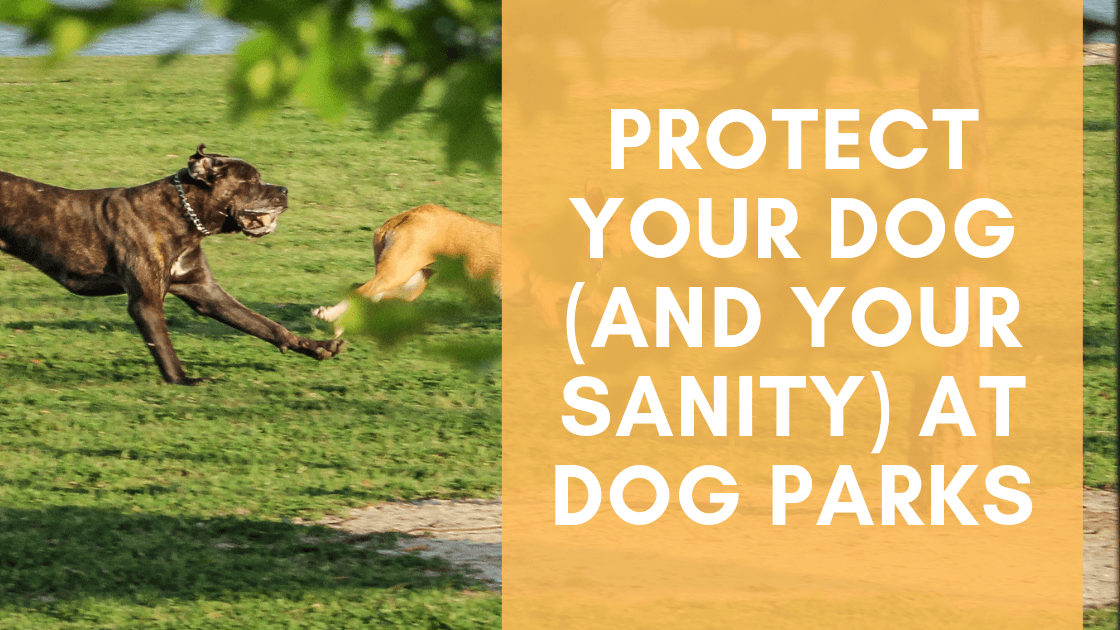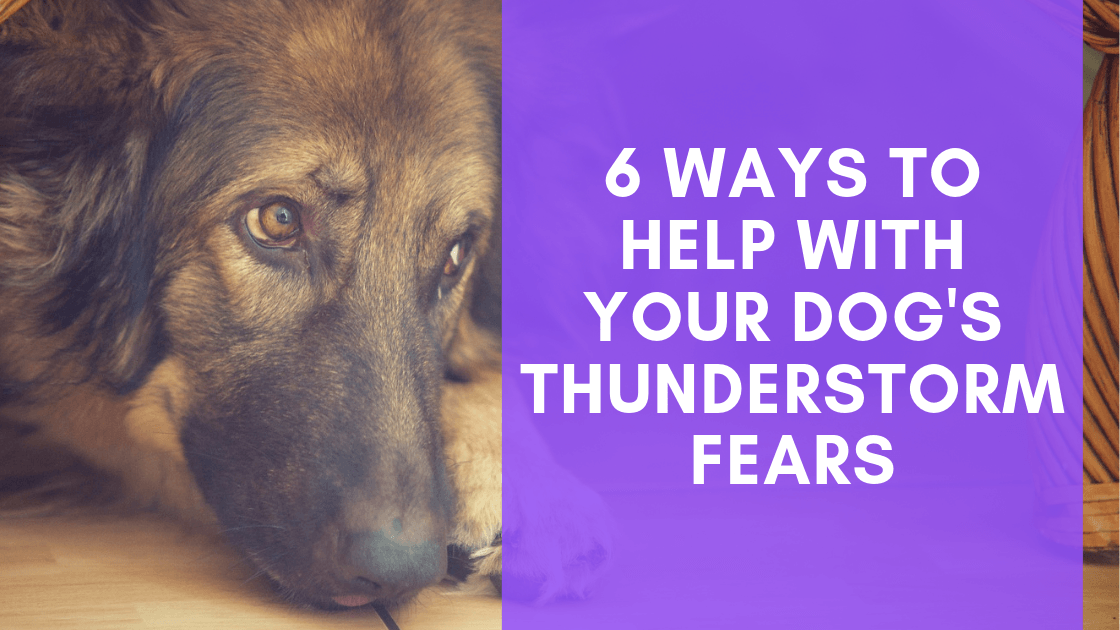It’s been the loveliest night: you and your partner having dinner together at a new restaurant with only eight tables, a bottle of red wine warming in your belly, golden candlelight between you two, the chef stopping by to ask how you enjoyed the meal and becoming your new best friend.
Then when you get home, you find that your old best friend has chewed up your couch. Cue the screeching turntable needle and your screeches over the destruction.
Why is my dog chewing?
First, it helps to understand why dogs chew, which isn’t an overall negative behavior. Puppies have teeth coming in, and much like human babies, chewing helps relieve the associated pain. This usually ends by the time they’re 6 months old. You can gently guide them to chew on ice, dog toys meant to be frozen or frozen wet washcloths.
Older dogs chew to keep their jaws strong and their teeth clean. But outside of natural stimulation, chewing can indicate anxiety, frustration, boredom or the need for attention – all preventable.
Dogs who have separation anxiety tend to chew when they’re left alone – such as when you’re out on a date. Chewing doesn’t necessarily indicate that your dog is suffering from this; however, if she also whines, urinates, paces or barks when you leave, then separation anxiety is likely triggering her chewing.
What to do about destructive chewing?
When your dog directs her chewing at inappropriate objects, your own behavior as a pet owner can prevent ruined items. Until your dog is no longer drawn to chew what isn’t hers, dog-proof your home as well as possible to remove objects that appeal to her. As you’re unlikely to remove your couch from the room until her chewing it is curbed, you might try a deterrent spray like Grannick’s Bitter Apple, which has a taste and odor she won’t like.
Supplement her toys with bones you’ve noticed keep her chewing for longer. (These should be natural bones sold specifically for chewing; don’t give her cooked bones like chicken wings, since they can splinter and harm her.) Rotate through the bones available to her so she doesn’t become bored with them. Also, become familiar with how to supervise your dog with chew toys.
While your dog is a member of your family, don’t forget that she needs supervision. While you’re away from home, you might keep her in a crate or a small room with only approved toys and bones.
While you’re at home, oversee what she’s drawn to and take away an object she picks up that she shouldn’t have. Replace it with a toy or bone, and give her praise. Over time, this positive reinforcement will help her understand the difference between what she can and isn’t allowed to chew.
Also pay notice to the items she picks up: Is she chewing up something that might smell of food, like a used paper towel? If so, it’s possible her diet needs adjustment, and you’ll want to check with her veterinarian for advice.
The more you exercise and play with your dog, the more tired she’ll be and less likely to “play” with your favorite pair of shoes. Keep her from being bored with daily walks, games of fetch and putting treats into food puzzle toys.



